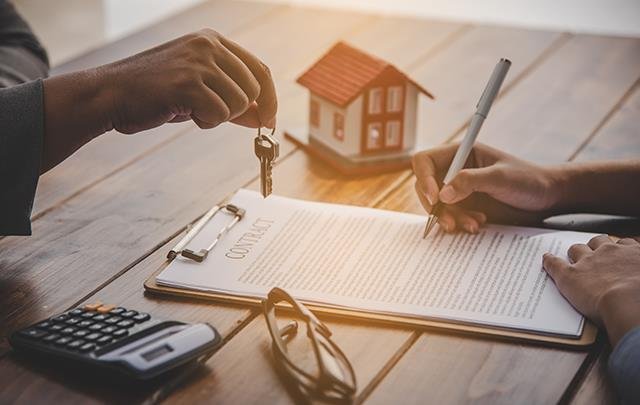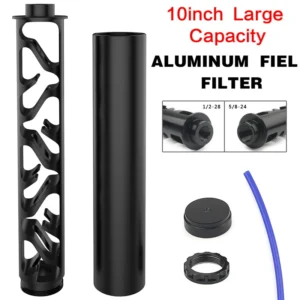Guide to Common Roof Problems and How to Fix Them
Maintaining a roof can be daunting for many homeowners, but understanding common roof problems and their solutions can save time and money. Your roof protects your home from the elements, so regular maintenance and timely repairs are essential. This guide covers typical roof issues such as leaks, missing shingles, and water damage, providing practical solutions to keep your roof in top condition. By addressing these problems early, you can extend the life of your roof and prevent costly repairs. Whether you’re dealing with minor fixes or considering professional help, this comprehensive guide will help you maintain your roof effectively.
Leaks and Moisture
One of the most common roof problems is leaking. Leaks can occur for various reasons, including damaged shingles, broken flashing, or improper installation. Water stains on the ceiling or walls often indicate a leak. If left unaddressed, leaks can lead to significant water damage and mold growth.
Solution:
- Identify the Source: Start by locating the source of the leak. Check the attic for signs of water intrusion and trace the path back to the roof.
- Repair or Replace Shingles: If damaged shingles are the cause, carefully lift the affected shingles and apply roofing cement underneath. If the shingles are severely damaged, replace them.
- Fix Flashing: Damaged flashing around chimneys, vents, or skylights can also cause leaks. Reapply caulk or replace the flashing if necessary.
- Seal Cracks: Use a roof sealant to seal any cracks or gaps in the roofing material.
Missing or Broken Shingles
Shingles can break or go missing due to severe weather conditions, aging, or poor installation. Missing shingles expose the roof deck to the elements, leading to leaks and structural damage.
Solution:
- Inspect Regularly: Regularly inspect your roof, especially after storms, to identify and address missing or broken shingles promptly.
- Replace Shingles: Remove the damaged shingle by lifting the edges and removing the nails. Slide a new shingle into place, secure it with roofing nails, and seal the edges with roofing cement.
Water Damage and Pooled Water
Flat roofs or roofs with poor drainage can develop areas where water pools. Pooled water increases the risk of leaks and can cause the roofing material to deteriorate faster.
Solution:
- Improve Drainage: Ensure your roof has a proper slope to facilitate water runoff. Clean gutters and downspouts regularly to prevent blockages.
- Repair Low Spots: If low spots are causing water to pool, add extra roofing material to level the area or install a tapered insulation system to improve drainage.
Shrinkage
Certain roofing materials, like EPDM (a type of synthetic rubber), can shrink over time. Shrinkage can cause cracking, blistering, and the pulling away of flashing, which can lead to leaks and structural damage.
Solution:
- Regular Inspection: Conduct regular inspections of your roof, especially around seams and edges where shrinkage is more likely to occur.
- Professional Repair: If you notice signs of shrinkage, consult a professional roofer to assess the extent of the damage and perform necessary repairs or replacements.
Tree Damage
Overhanging branches can scratch and damage the roof surface, while falling branches can cause significant structural damage. Leaves and debris from trees can also clog gutters and downspouts, leading to water pooling and damage.
Solution:
- Trim Trees: Regularly trim trees near your house to prevent branches from touching or falling onto the roof.
- Clean Gutters: Keep gutters and downspouts clear of leaves and debris to ensure proper drainage.
Poor Installation
Improper installation of roofing materials can lead to numerous problems, including leaks, poor insulation, and reduced lifespan of the roof. It’s essential to hire experienced and reputable roofing contractors to avoid these issues.
Solution:
- Hire Professionals: Always hire licensed and experienced roofing contractors for installations and repairs.
- Inspect Work: After installation, inspect the work to ensure it meets quality standards and manufacturers’ guidelines.
Ventilation Issues
Proper roof ventilation is crucial to prevent heat and moisture buildup in the attic, which can cause damage to the roofing materials and reduce the roof’s lifespan.
Solution:
- Install Vents: Ensure your roof has adequate ventilation, including soffit vents, ridge vents, and attic fans if necessary.
- Check Insulation: Proper insulation can help maintain the right temperature and moisture levels in the attic.
Blistering and Cracking
Blistering occurs when moisture gets trapped under the roofing material, causing bubbles to form. Cracking can result from the roof’s aging process or extreme weather conditions.
Solution:
- Regular Maintenance: Perform regular roof maintenance to identify and address blistering or cracking early.
- Repair Blisters: For small blisters, carefully cut away the blistered material and apply roofing cement. For larger blisters, consult a professional for repair or replacement.
Ice Dams
In colder climates, ice dams can form along the roof edge, preventing proper drainage and causing water to back up under the shingles. This can lead to leaks and water damage inside the home.
Solution:
- Improve Insulation: Ensure your attic is well-insulated to prevent heat from escaping and melting snow on the roof.
- Use Ice Melts: Apply ice melt products to the roof edge to prevent ice dams from forming.
Punctures and Holes
Foot traffic, fallen branches, and wildlife can cause punctures or holes in the roofing material. These can lead to leaks and further damage if not repaired promptly.
Solution:
- Limit Roof Access: Minimize foot traffic on the roof and be cautious when performing maintenance or installations.
- Repair Punctures: For small punctures, use roofing cement to seal the hole. For larger holes, replace the damaged section of the roofing material.
Conclusion
Regular roof maintenance and timely repairs are essential to prolong the life of your roof and protect your home from the elements. By understanding common roof problems and how to fix them, you can take proactive steps to maintain your roof’s integrity. Remember, while some repairs can be done by homeowners, always consult a professional roofer for more significant issues or if you’re unsure about the repair process. Your roof is a crucial part of your home’s structure, and keeping it in good condition is vital for the safety and comfort of your household.














Post Comment